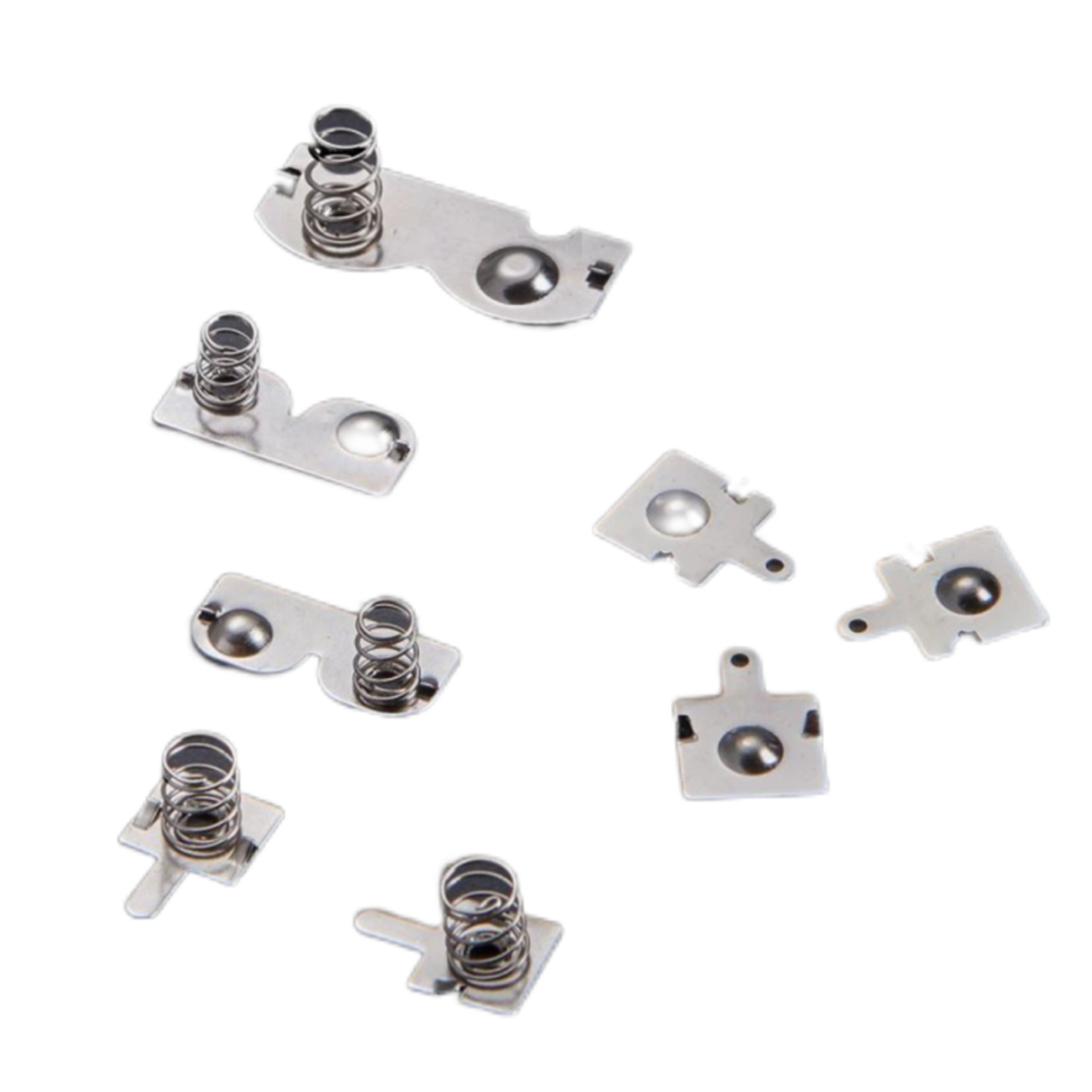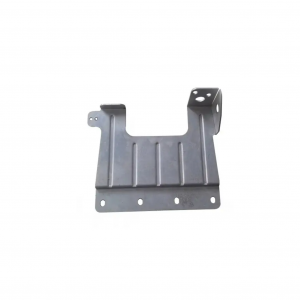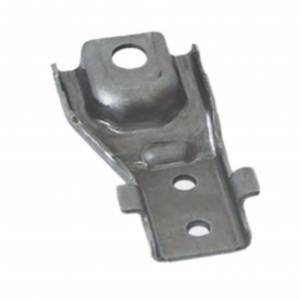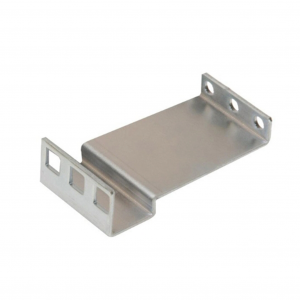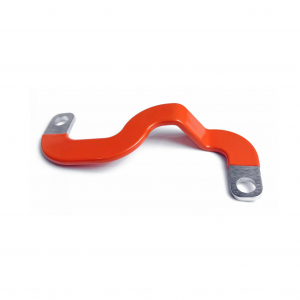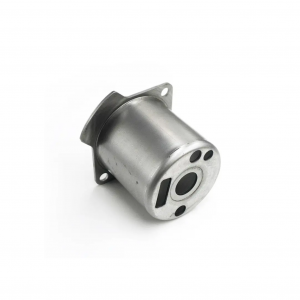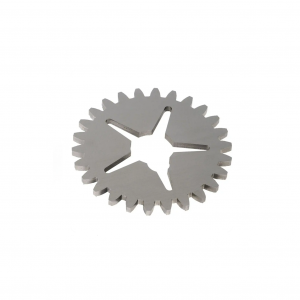Custom machined metal battery connector contacts
Description
| Product Type | customized product | |||||||||||
| One-Stop Service | Mold development and design-submit samples-batch production-inspection-surface treatment-packaging-delivery. | |||||||||||
| Process | stamping,bending,deep drawing,sheet metal fabrication,welding,laser cutting etc. | |||||||||||
| Materials | carbon steel,stainless steel,aluminum,copper,galvanized steel etc. | |||||||||||
| Dimensions | according to customer's drawings or samples. | |||||||||||
| Finish | Spray painting, electroplating, hot-dip galvanizing, powder coating, electrophoresis, anodizing, blackening, etc. | |||||||||||
| Application Area | Auto parts, agricultural machinery parts, engineering machinery parts, construction engineering parts, garden accessories, environmentally friendly machinery parts, ship parts, aviation parts, pipe fittings, hardware tool parts, toy parts, electronic parts, etc. | |||||||||||
Advantags
1. More than 10 years of overseas trade expertise.
2. Provide one-stop service from mold design to product delivery.
3. Fast delivery time, about 30-40 days. In stock within one week.
4. Strict quality management and process control (ISO certified manufacturer and factory).
5. More reasonable prices.
6. Professional, our factory has more than 10 years of history in the field of metal stamping sheet metal.
Quality management
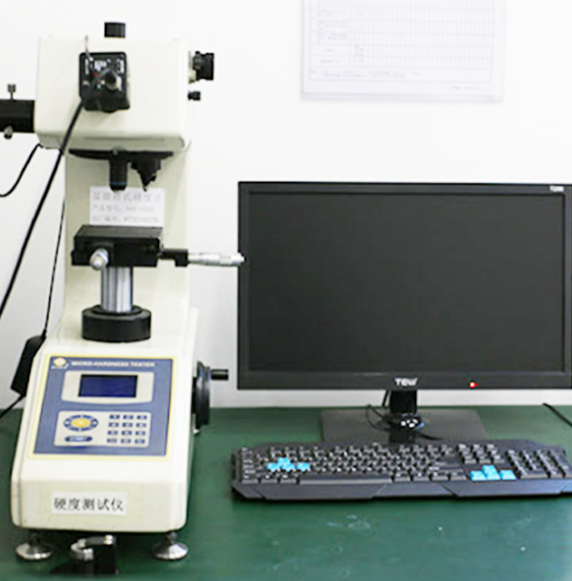
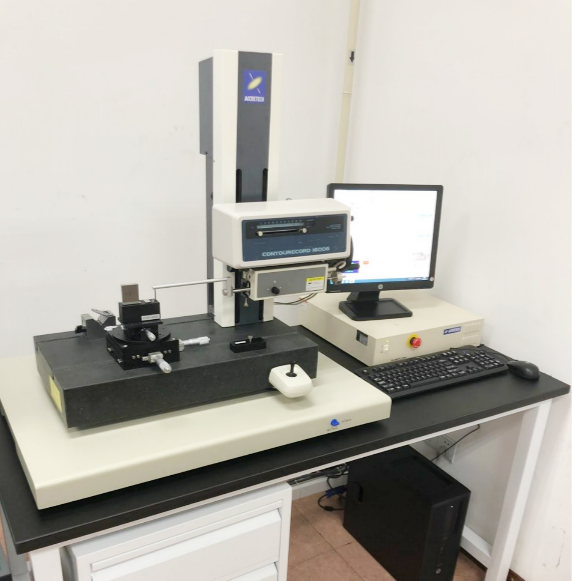
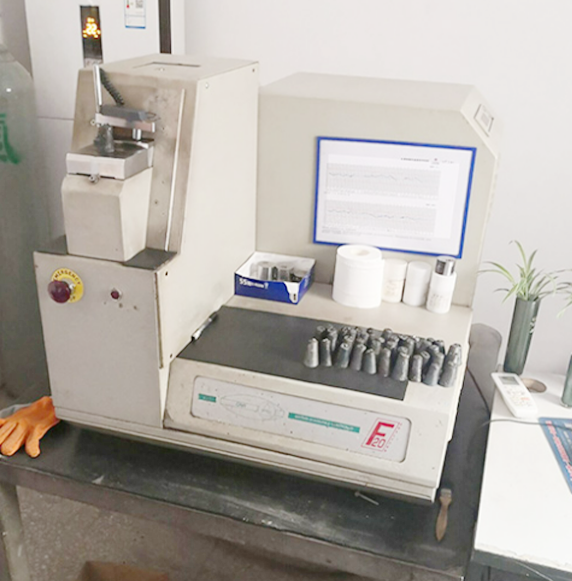
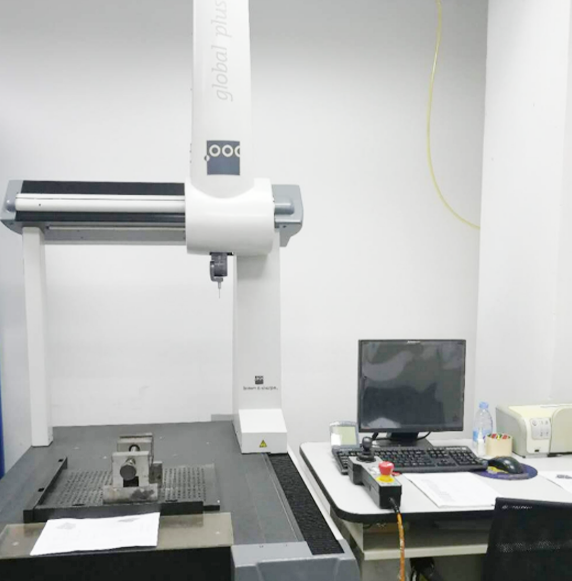
Vickers hardness instrument.
Profile measuring instrument.
Spectrograph instrument.
Three coordinate instrument.
Shipment Picture




Production Process
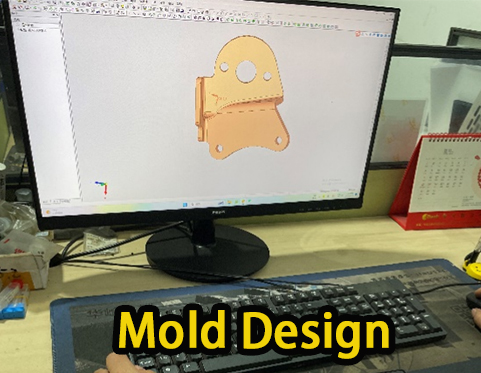
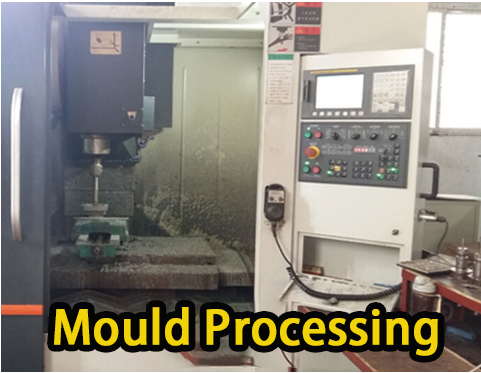
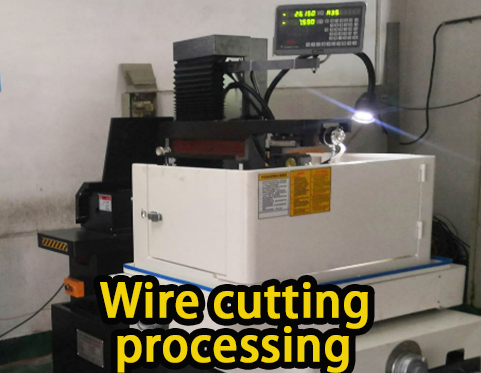
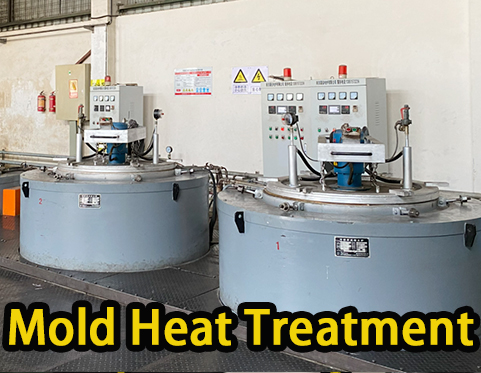
01. Mold design
02. Mould Processing
03. Wire cutting processing
04. Mold heat treatment
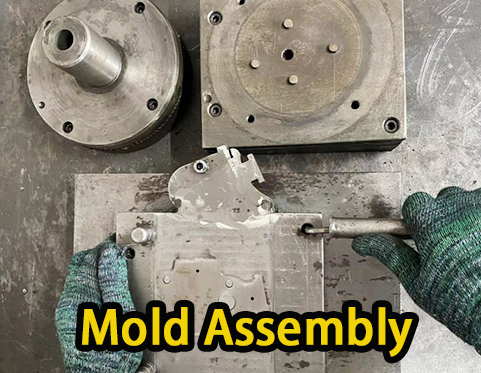
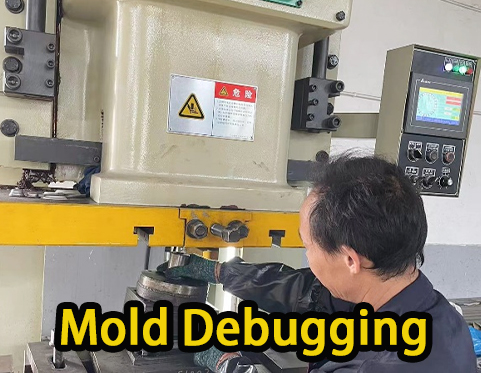
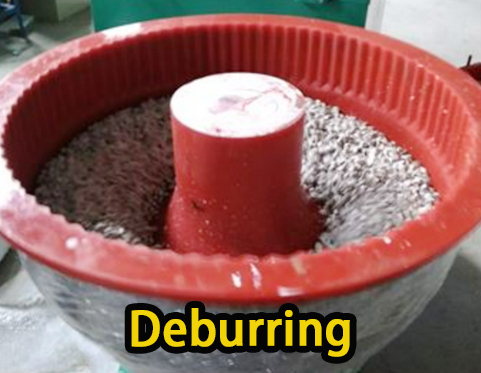
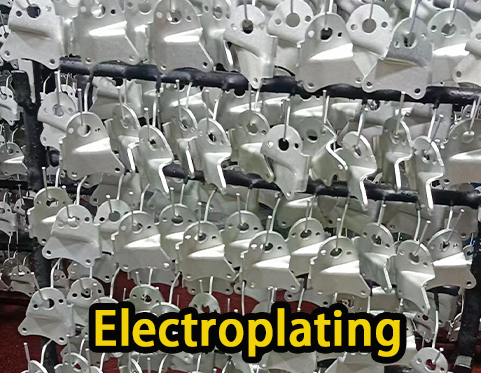
05. Mold assembly
06. Mold debugging
07. Deburring
08. electroplating

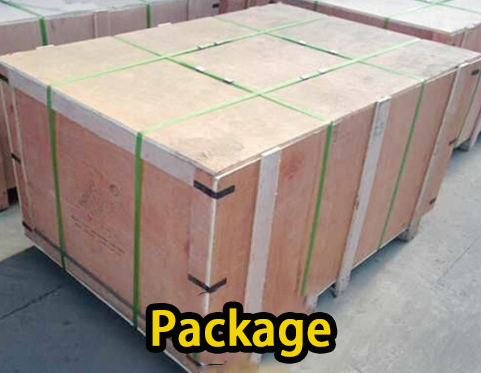
09. Product Testing
10. Package
Company Profile
As one of China's leading suppliers of stamped sheet metal, Ningbo Xinzhe Metal Products Co., Ltd. focuses on producing auto parts, agricultural machinery parts, engineering parts, construction engineering parts, hardware accessories, environmentally friendly machinery parts, ship parts, aviation parts, pipe fittings, hardware tools, toys, and electronic accessories, among other things.
Both parties gain from our ability to more fully comprehend the target market and offer practical recommendations that will assist our clients get a larger market share. We're dedicated to giving our clients outstanding service and premium parts in order to earn their trust. Establish enduring connections with current clients and actively pursue new business in non-partner nations to promote cooperation.
Material introduction
What materials are generally used for battery metal contact connecting pieces?
Commonly used materials for battery metal contact connectors include:
Copper, stainless steel, iron, manganese steel, phosphor copper, beryllium copper, nickel aluminum, etc.
The following is an introduction to these materials:
Copper is one of the preferred materials for manufacturing connecting plates due to its excellent electrical conductivity and corrosion resistance;
Stainless steel has good corrosion resistance and mechanical properties and is suitable for special environments;
Iron and manganese steel are also widely used in some standard electronic products due to their lower cost;
Phosphorus copper and beryllium copper are often used in demanding applications due to their excellent electrical conductivity and corrosion resistance;
Although aluminum has poorer electrical conductivity than copper, it is also used as an alternative material because of its lightweight and low cost, especially in some situations where electrical conductivity requirements are not very high.
Additionally, there are advantages to using composite materials such as copper-aluminum composites to combine different materials. The choice of material depends on the specific application and performance requirements.

